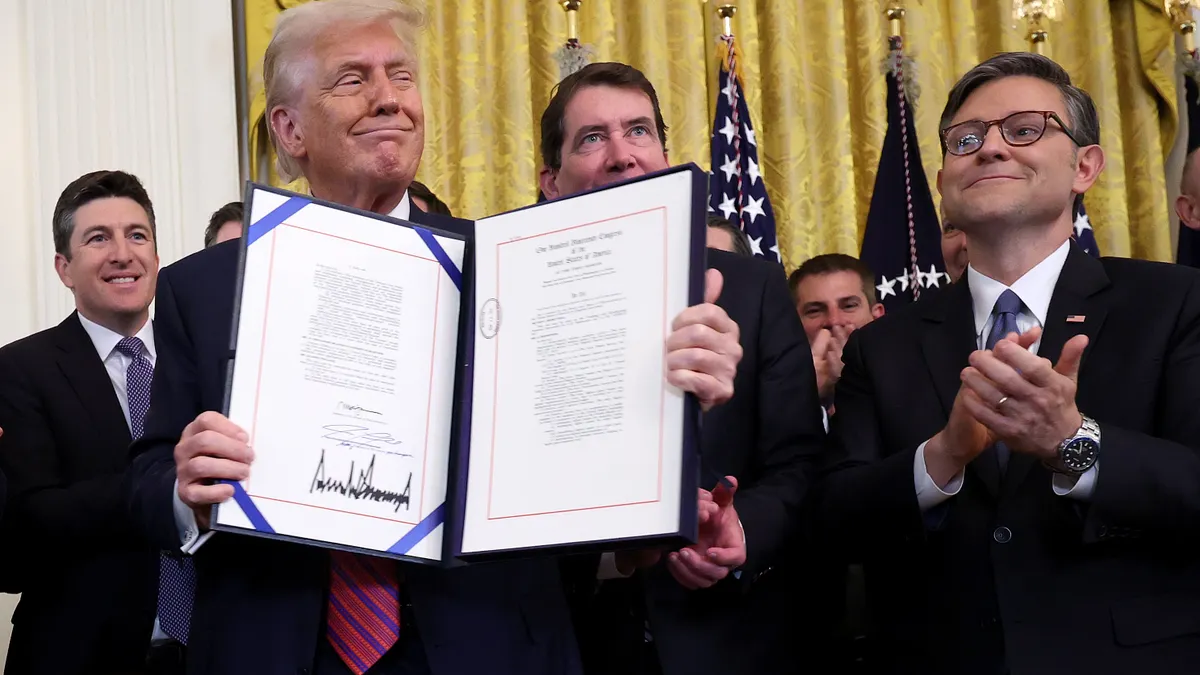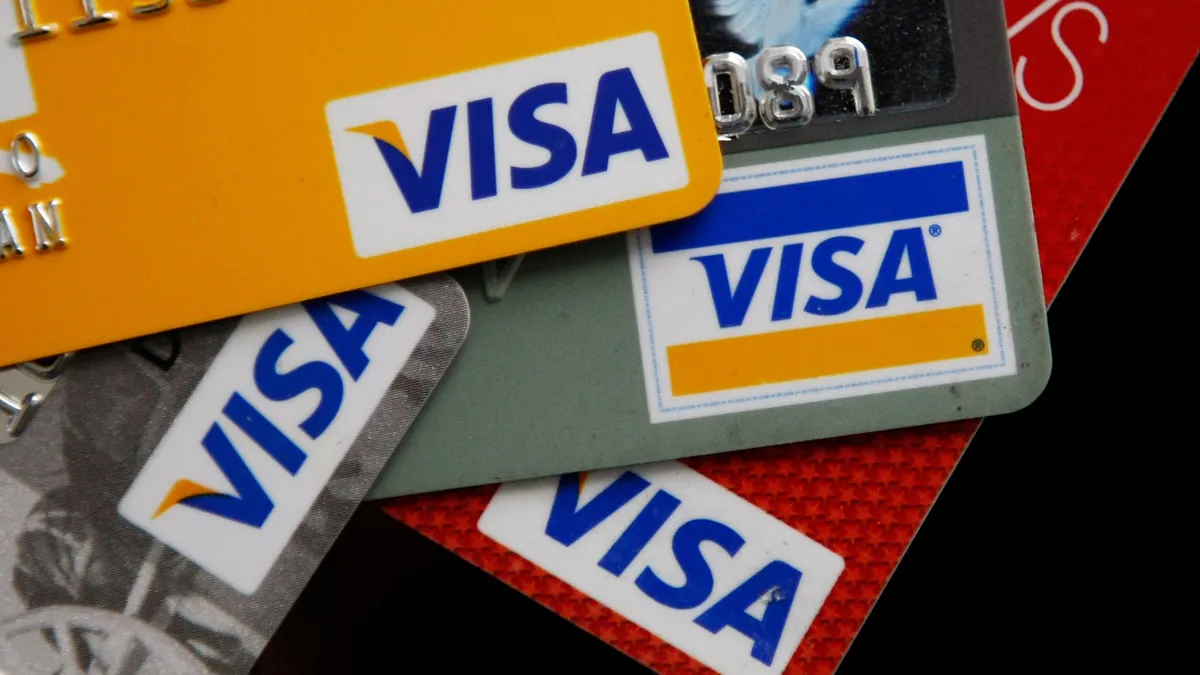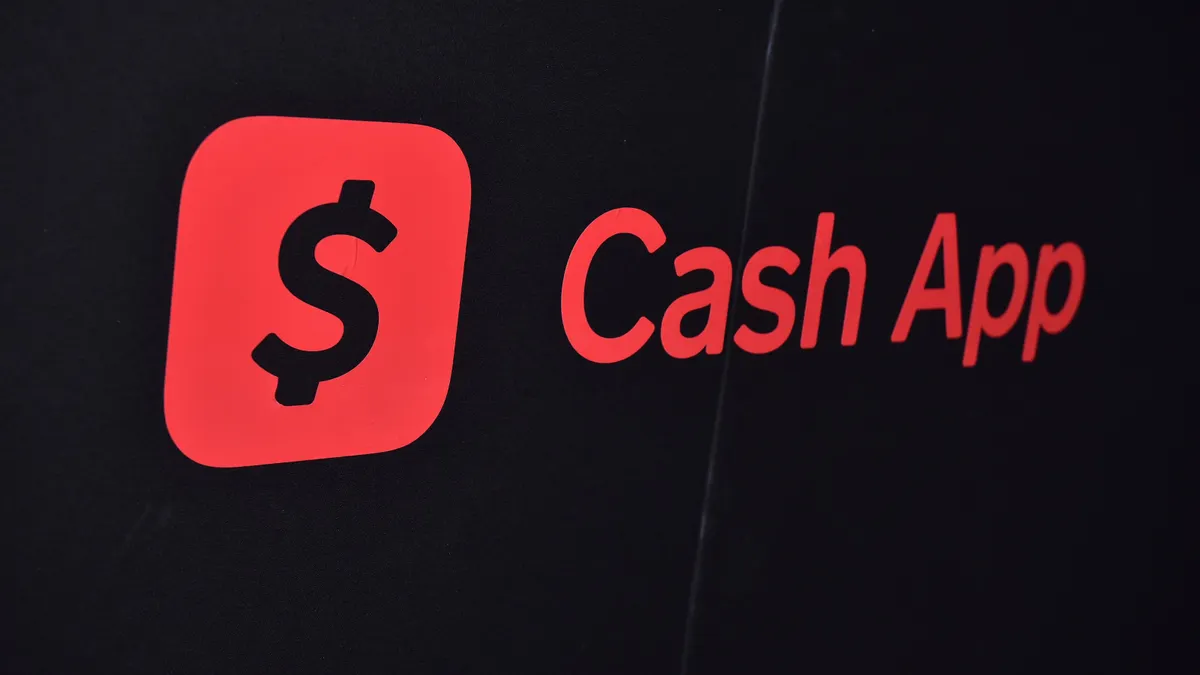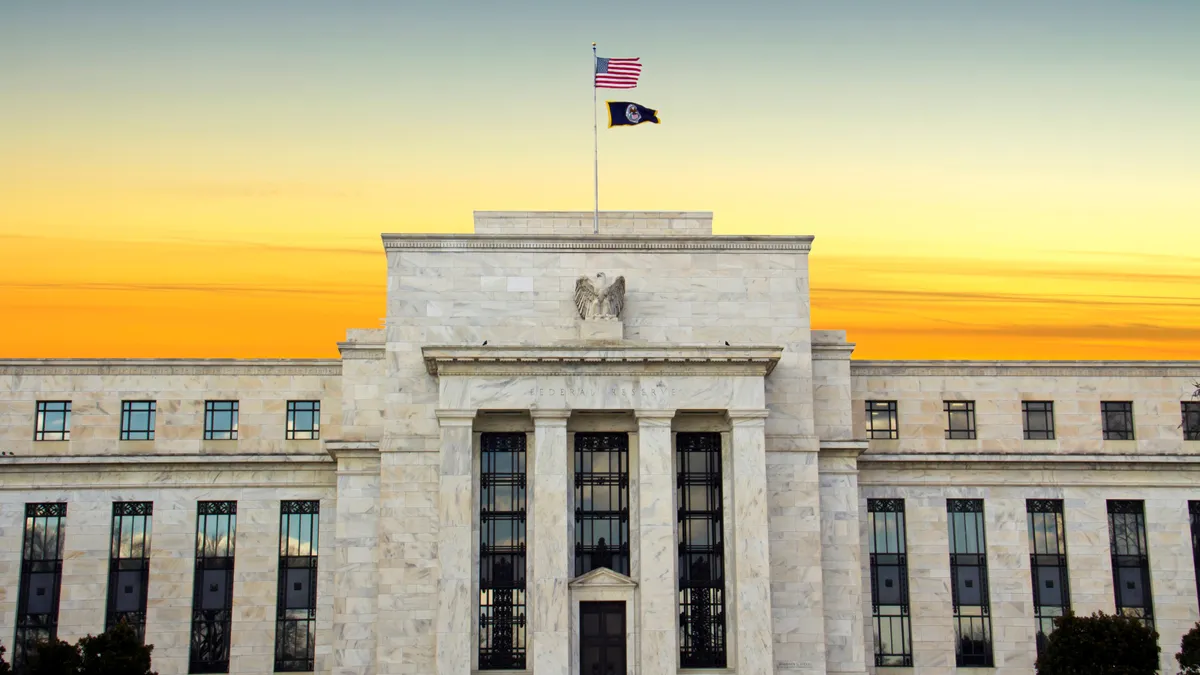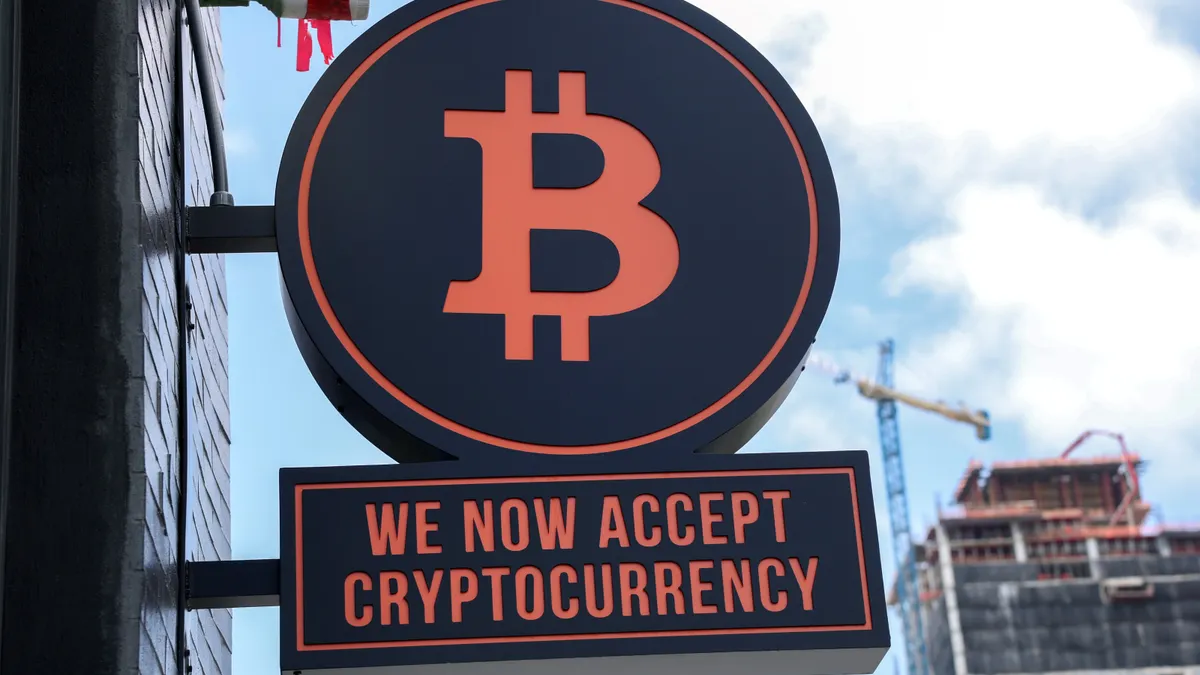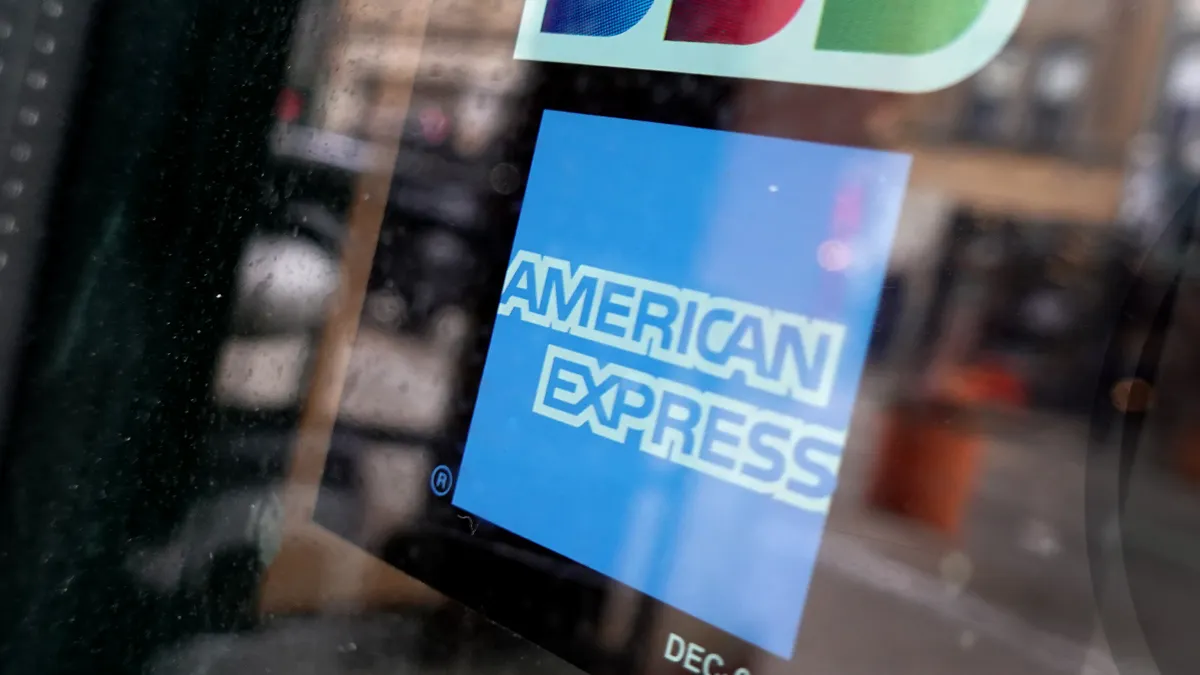President Donald Trump’s signing of the Genius Act last month has triggered a corporate race to embrace stablecoins, and a flood of speculation and questions as to how they may be used.
Thinking about such emerging payments issues falls squarely in the job description of Philip Bruno, ACI Worldwide’s chief strategy and growth officer. ACI provides payments software and technology services for financial institutions, merchants and billers around the world.
In an interview late last month, Bruno talked about how ACI has been advising clients in the new stablecoin regulatory regime and how customers are reacting to the opportunities and challenges cryptocurrencies present.
Editor’s note: This interview has been edited for clarity and brevity.
PAYMENTS DIVE: When do you expect stablecoins to touch everyday consumers?
PHIL BRUNO: I’m not sure that we would see it soon, given that there are so many payment vehicles that work well and that have good economics for players. However, there are use cases where we could see it. And the one that everybody looks at, and where I do believe we’ll see it, is in cross-border [payments], particularly in either thinly traded corridors or in what I’ll call less stable currencies.
Can you talk about how consumers might use stablecoins?
We may see it in areas where you have mobile workers and gig workers. Those are areas where we might see it. I was talking to a company in the last couple weeks that is looking to do it in industries where they have to pay workers that are mobile geographically.
How do you think these uses will show up for consumers?
The first taste of this is going to be where they're offered in a distribution, or where some sender is going to ask a receiver to sign up for it. Then [companies are] pushing it out. And those are the cases where we tend to see adoption being driven. For instance, with Block’s payment vehicle, Cash App, when they were coming out with it, it was small businesses that were pushing it out to consumers. That’s the way you tend to start to see some viral adoption, where you have one user group that is the incubator for it.
Are U.S. companies taking to stablecoins?
They’re really asking a lot of questions, like, ‘Hey, do I need this now?’ And depending on where they are, they may or may not. We certainly don't see the request for it at this point for commerce. At least in the U.S., most folks are comfortable using what they're using now.
How has the regulatory environment evolved?
Regulators, up until the end of last year, were actually quite negative on it. That has changed. So, I think, even for early adopters who say ‘Things have changed – we now have a regulatory framework,’ we’re talking about early adopters being more in the second half of this year.
How will a standard stablecoin emerge, if at all?
We’ve seen in electronic and now digital payments, there are network-based businesses, with their utility based on how many endpoints they have. There's usually only – call it three or four or maybe five of these networks – that wind up developing.
So, I think you’re going to see the same thing in stablecoins. For a while, we may start to see numerous ones out there, but eventually you come down to a smaller group.
Will governments play a role in ensuring that stablecoins are low-risk?
There are likely some governments that will jump into this to get their stablecoin to be a standard in a given market or region. But I also think that you’re going to see private services that will do that, particularly in more market-oriented regions of the world.
Will stablecoins help or hurt the U.S. dollar’s standing as the world’s reserve currency?
I’m going to be a U.S. optimist and at least say that I don’t think that it’s going to hurt the U.S. currency as a reserve currency around the world. There are other factors. If the U.S. currency is challenged, it’s going to be for other reasons besides a stablecoin. But I would see stablecoin, at least a dollar-backed stablecoin, as an extension of the U.S. currency.
Will the federal government ever reconsider a central bank digital currency, despite Trump swearing it off?
The Fed tends to have the bias, through different administrations, to let market solutions have the first shot at things. And then, if it believes that the market is not well served, or there's some problem in the market, then they tend to step in.
Are your clients evaluating how they will use stablecoins, or mulling whether they will create one?
Outside of some of the largest financial institutions and also mega merchants, I don’t think you're going to have too many of them saying that they need to create their own stablecoin. They’re asking: ‘Where do I need this, in which businesses? Which of my customers are going to need it? What are the use cases?’ Those are the things that they’re evaluating at this time.


